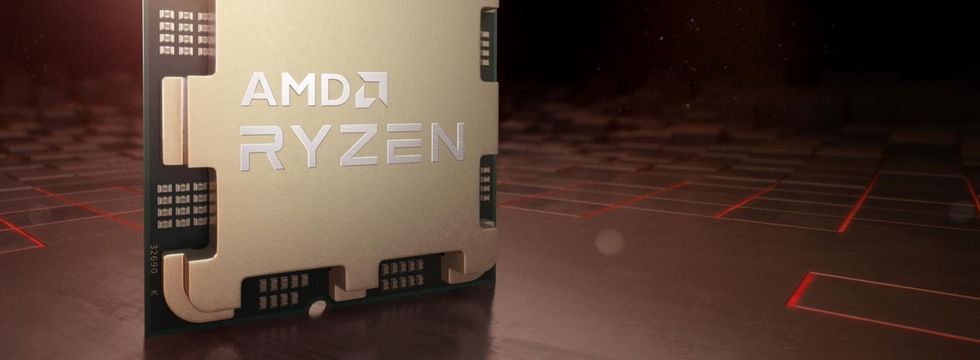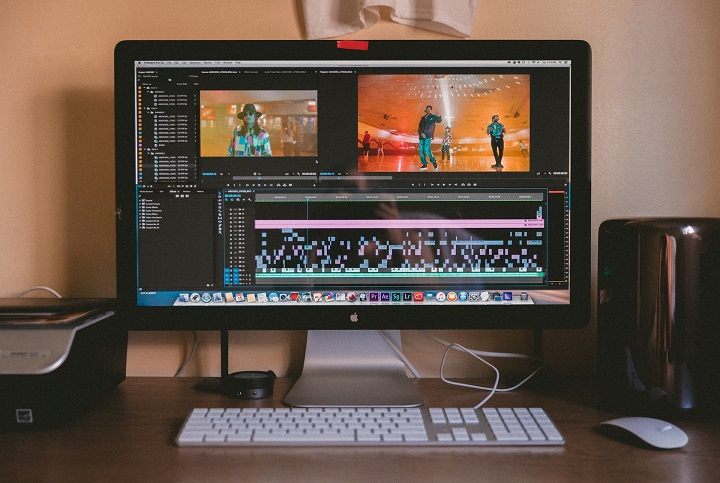Video and photo processing – time matters. Where do you need powerful CPU, apart from games?

- Where Do You Need Powerful CPU, Apart From Games?
- Video and photo processing – time matters
- Streaming – play and create simultaneously
- Productivity, or everything else
Video and photo processing – time matters
Graphic and video designers know very well that they shouldn't spare resources on a powerful processor. It has a direct correlation with their time – the less time they spend waiting, the better. However, when processing such materials, there are a lot of different variables that depend on many components – including the GPU and RAM. However, if we focus only on processors, we will see very clear differences between weaker and more powerful units here.

A powerful processor in the case of film editing will primarily ensure a much shorter rendering time. The differences here can be so large that switching to a better model can shorten the time needed to render the video from an hour to several minutes. The situation is similar when it comes to exporting images, e.g. in Adobe Lightroom, where instead of a few minutes, it happens almost instantly. Thanks to this, you will finish the project faster and use the time for other activities, such as drinking tea.
Having a good CPU will also be useful when working directly with video and photo materials. The fluency of video preview in real time, the number of effects that you can apply simultaneously, or the immediate application of changes you make to photos are just some of the processes that rely heavily on CPU power.
